
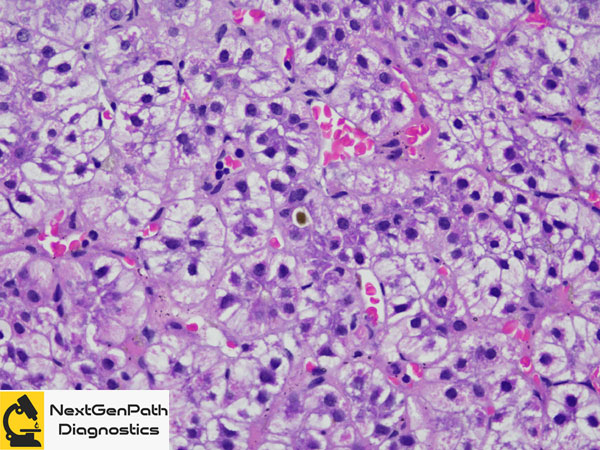
A one year old child presented with cholestatic jaundice since 3 months of age. Work-up for biliary atresia was negative. Liver enzymes showed moderately elevated AST/ALT, normal GGT and markedly elevated AFP. What is the diagnosis?
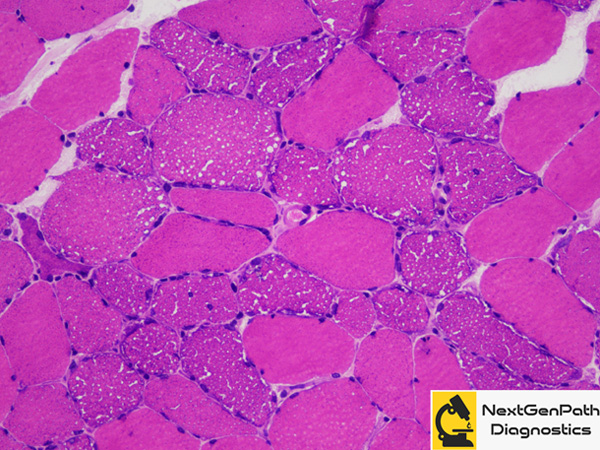
A gentleman in his forties presented with stiffness following chewing, fatigue and markedly elevated creatine kinase. What is the diagnosis?
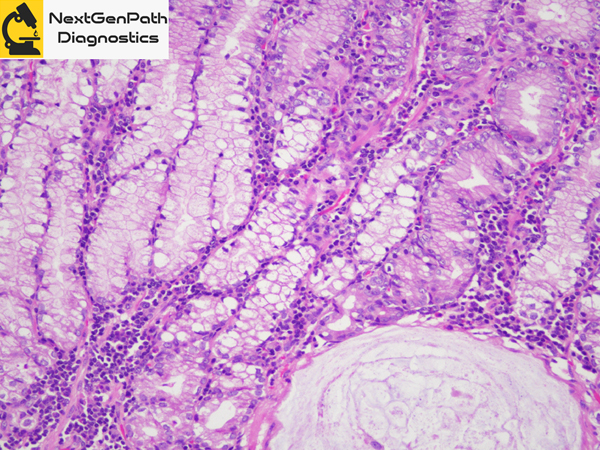


A gentleman in his twenties with gastric outlet obstruction. What is the diagnosis?
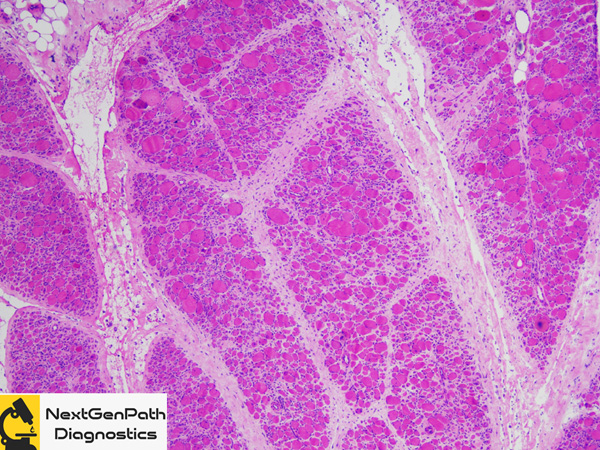
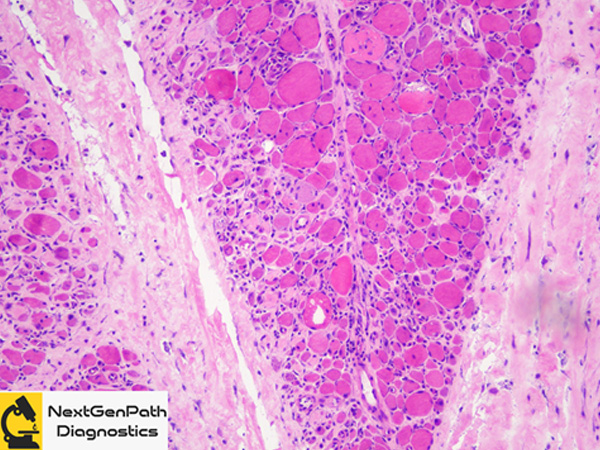
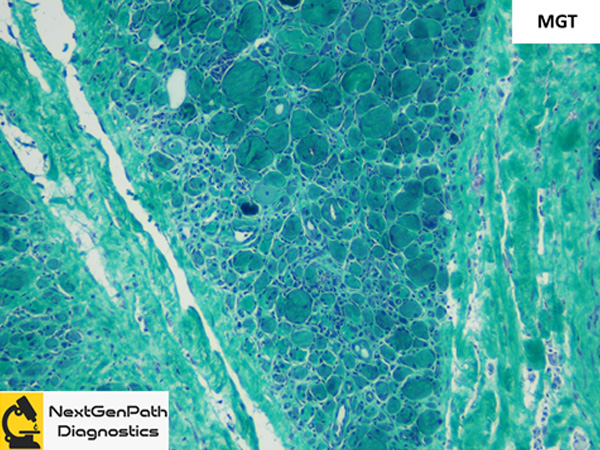
A gentleman in his thirties presented with gradually progressive proximal muscle weakness, rash and markedly elevated creatine kinase. No other organ involvement noted. What is the diagnosis?
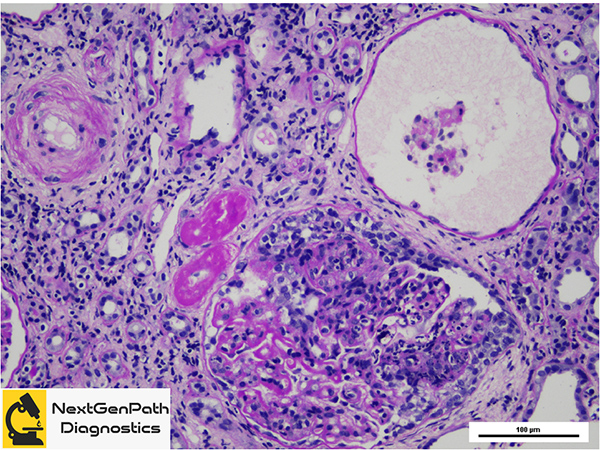
A lady in her twenties presented recurrent pregnancy loss and progressive renal failure. What is the diagnosis?
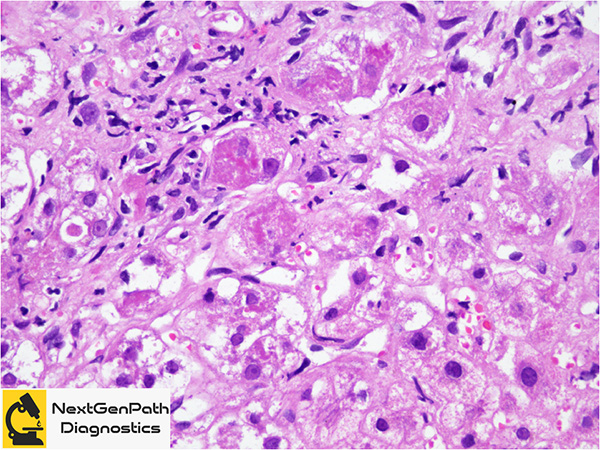
A teen presented with non-cholestatic jaundice, hepatomegaly, abdominal pain, tremor and depression. Serological work-up for autoimmune and viral markers were negative. What is the diagnosis?
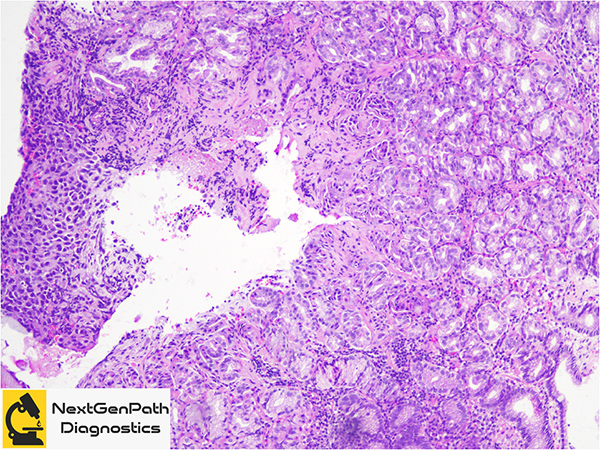
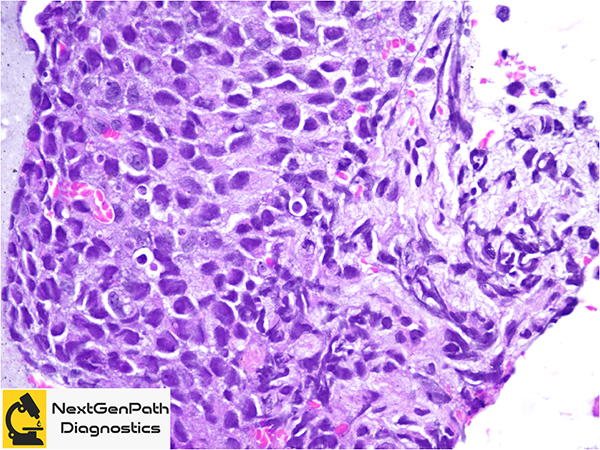
A woman in her fifties presented with dysphagia. Endoscopy revealed gastroesophageal junction growth. What is the diagnosis?

A gentleman in his thirties presented with gradually progressive distal muscle weakness and a normal creatine kinase. What is the diagnosis?
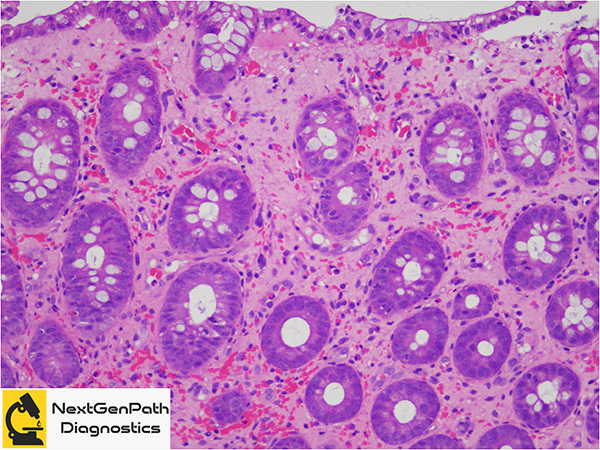
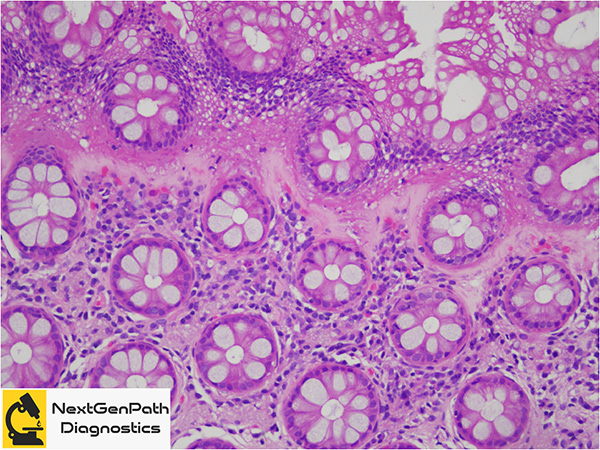
A lady in her seventies presented with bleeding per rectum. Colonoscopy revealed segmental and patchy colitis involving the splenic flexure and rectosigmoid junction. What is the diagnosis?
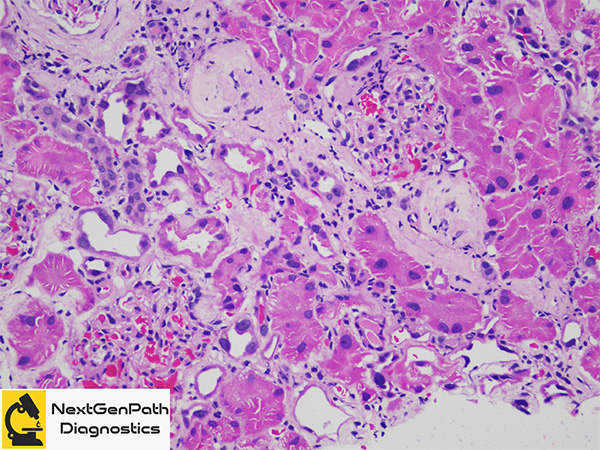
A gentleman in his twenties who has family history of renal disease presented with gradually progressive renal failure. No other drug/toxin exposure history. What is the diagnosis?
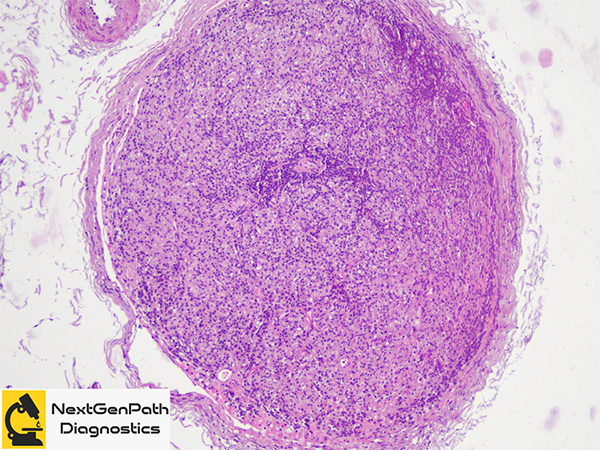
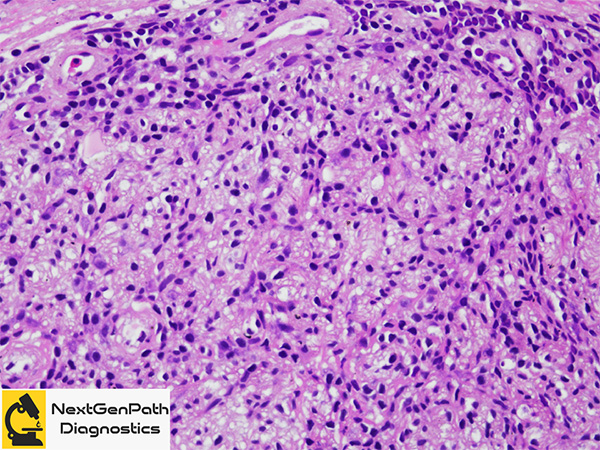
A gentleman in his fifties presented with painless mononeuritis multiplex and thickened sural nerve. What is the diagnosis?
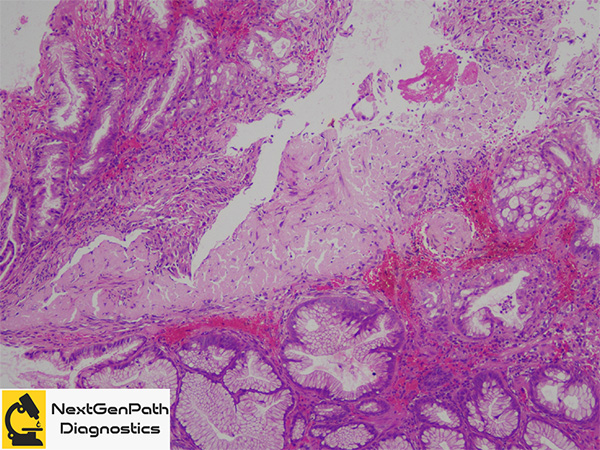
A lady in her sixties presented with upper gastrointestinal bleeding. Endoscopic biopsy revealed a mass lesion in the gastric antrum that had profuse bleeding following biopsy. What is the diagnosis?
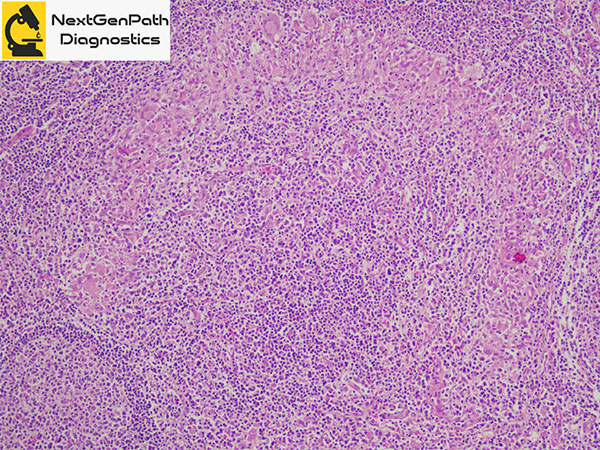
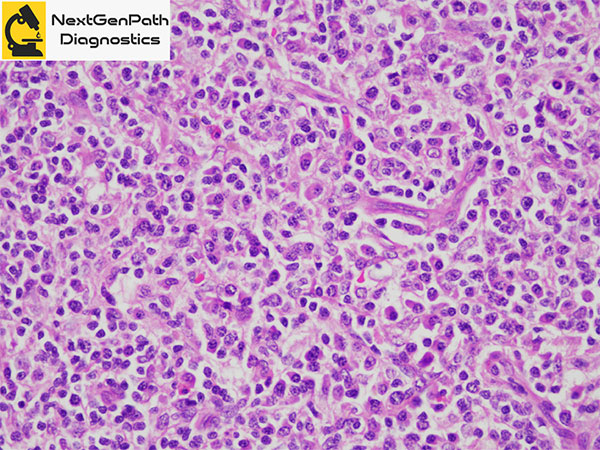
A middle aged gentleman presented with obstructive jaundice, generalized lymphadenopathy and space occupying lesions in kidney and pancreas. Lymph node excision biopsy done. What is the diagnosis?
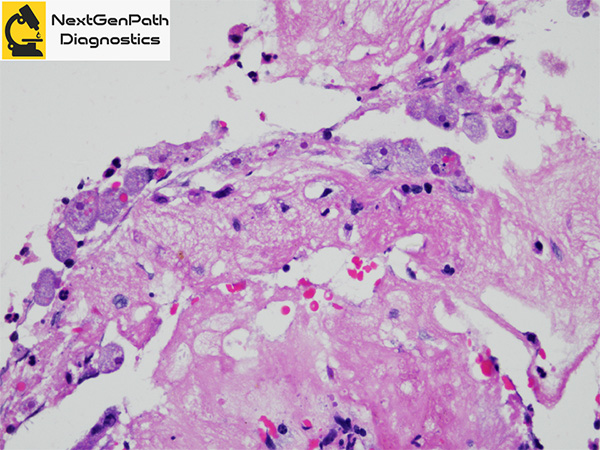
A male in his forties presented with bleeding per rectum. What is the diagnosis?
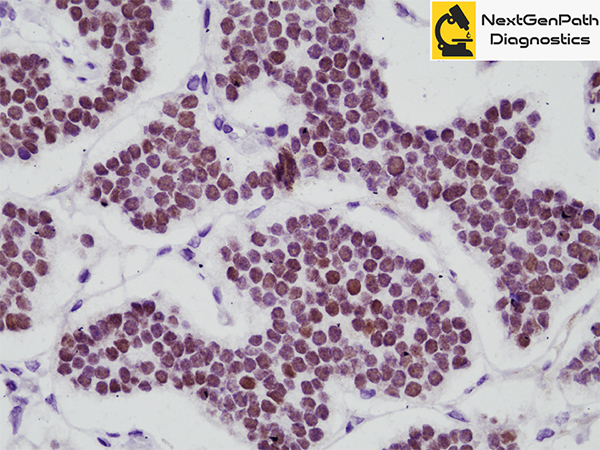
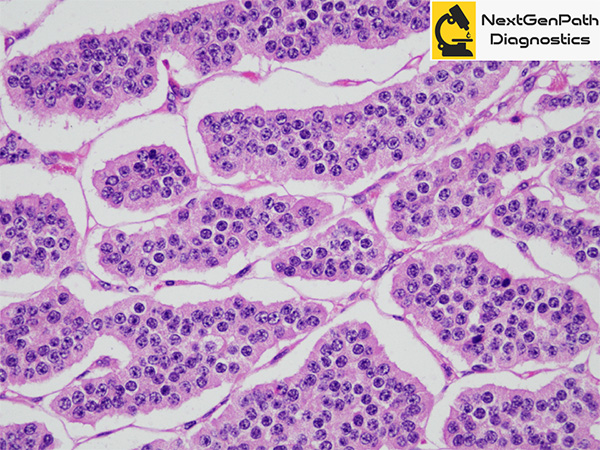
An incidentally detected tumor in a distal gastrectomy resection? What is the diagnostic immunohistochemistry marker used?

A male in his forties presented with rapidly progressive renal failure following bee sting. What is the diagnosis?
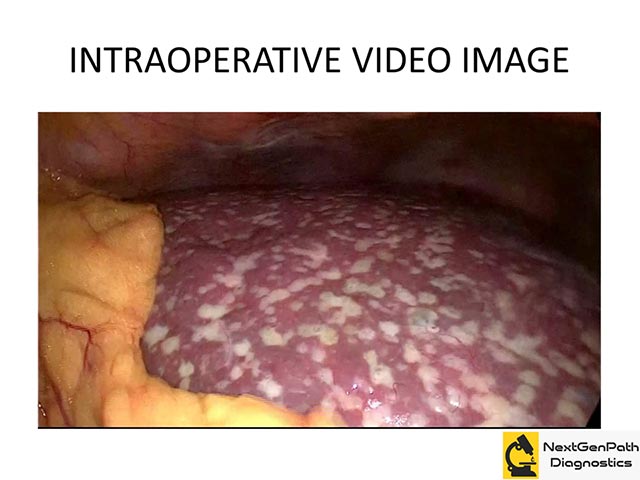
A gentleman in his sixties presented with acute cholecystitis and normal liver functions. Intra-operatively, multiple irregular whitish lesions were noted in the liver. Wedge biopsy of the liver was done with suspicion of metastasis. What is the diagnosis?
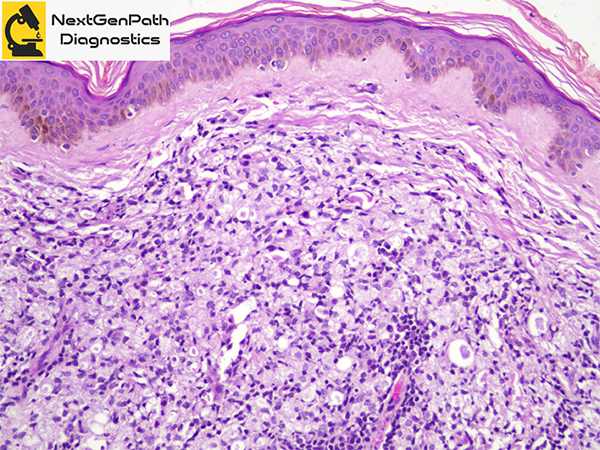
A woman in her seventies presented multiple non-tender nodular lesions over the left iliac region and back. What is the diagnosis?

A gentleman in his fifties presented with gradually progressive muscle weakness with preferential involvement of quadriceps and finger flexors. Serum creatine kinase was within the normal range. What is the diagnosis?
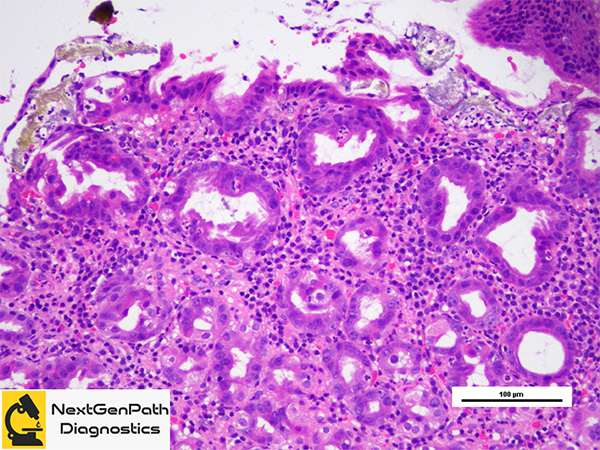
A lady in her forties presented with anemia and dyspepsia. Endoscopy showed blackish discoloration of gastric mucosa. What is the diagnosis?
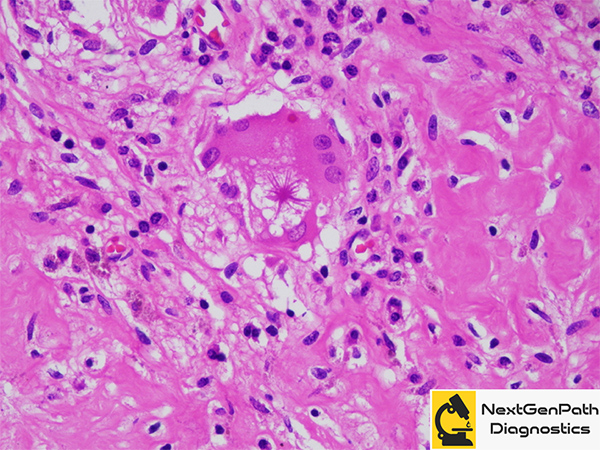
A middle aged lady presented with persistent cough, fatigue and generalized lymphadenopathy. Lymph node excision biopsy done. What is the diagnosis?

A male in his forties presented with bleeding per rectum. What is the diagnosis?
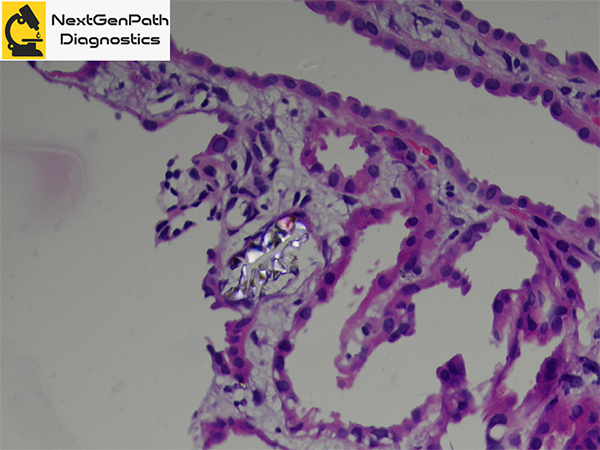
A lady in her fifties presented with rapidly progressive renal failure. What is the diagnosis?

A male in his sixties. Serum sample for antinuclear antibody testing by immunofluorescence. What is the pattern. What is the clinical significance?
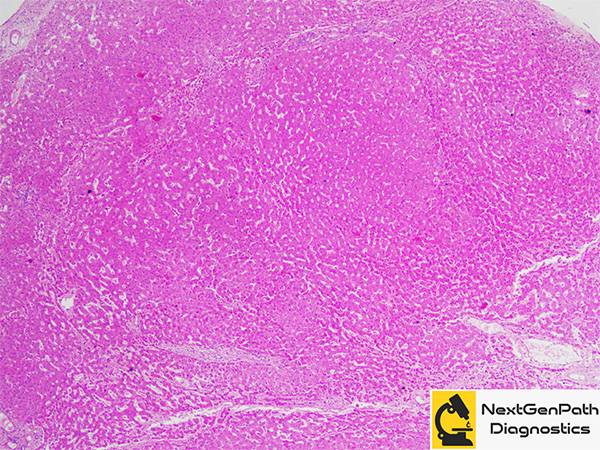
A woman in her forties presented with features of portal hypertension and normal liver functions. Serological work-up for autoimmune and viral markers were negative. Work-up for malignancy was negative. Wedge biopsy of the liver was done. What is the diagnosis?
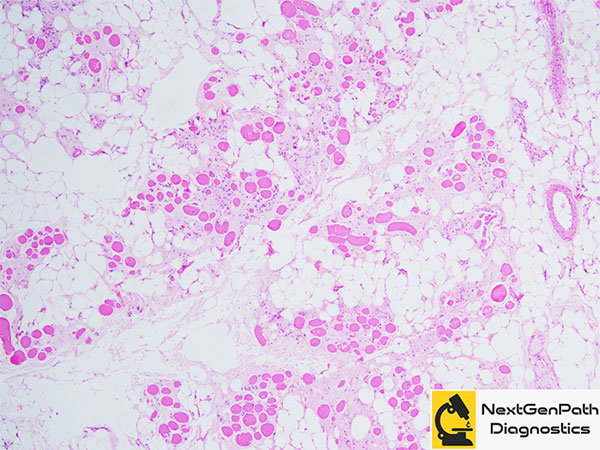
A male toddler presented with progressive muscle weakness and markedly elevated creatine kinase. Screening for common deletions and duplications in hot spots of DMD gene by PCR and MLPA was negative. What is the diagnosis?
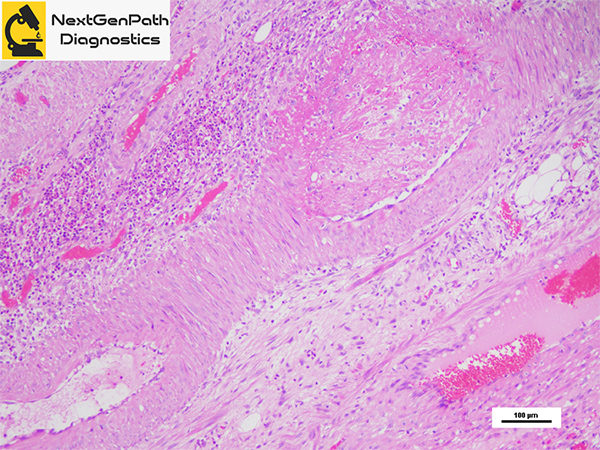
A gentleman in his sixties with subacute intestinal obstruction. What is the diagnosis?

A woman in her sixties with incidentally detected renal mass. What is the diagnosis?
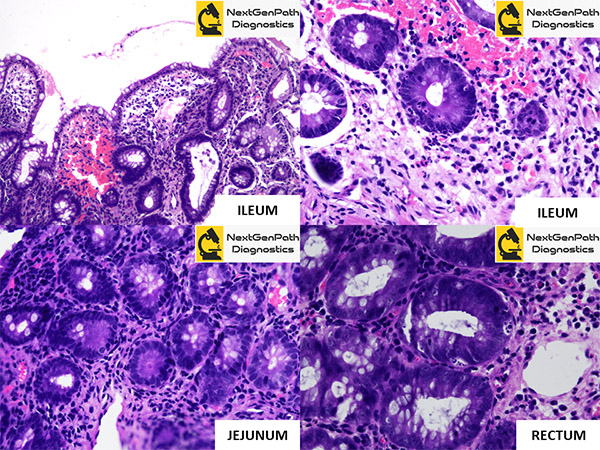
A male toddler with diarrhea since infancy was diagnosed as Crohn’s disease at 2 years of age. He was treated with oral corticosteroids with partial response. At 5 years of age he had significant weight loss due to diarrhea which was non-responsive. Colonscopy: patchy pancolitis, multiple linear rectal ulcers and terminal ileal ulcers. UGI endoscopy: flattened and decreased jejunal folds. Multiple biopsies from the upper and lower GI were taken. What is the diagnosis?
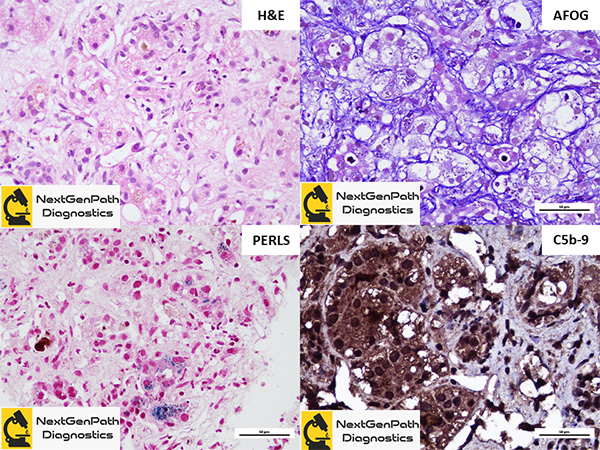
A male neonate with cholestatic jaundice, acute liver failure, normal aminotransferases and GGT, elevated ALP (mild) and AFP (marked). History of elder girl neonate sibling death. Blood TMS: mildly low free carnitine, elevated alanine and significantly elevated tyrosine and phenylalanine. Urine GCMS: elevated lactate, pyruvate, 3-hydroxybutyrate, 4-hydroxyphenyllactate and 4-hydroxyphenylpyruvate. Plasma amino acids: significantly elevated tyrosine, methionine and phenylalanine. Serum FGF21 : Elevated. Serum sCD25: Normal. What is the diagnosis?
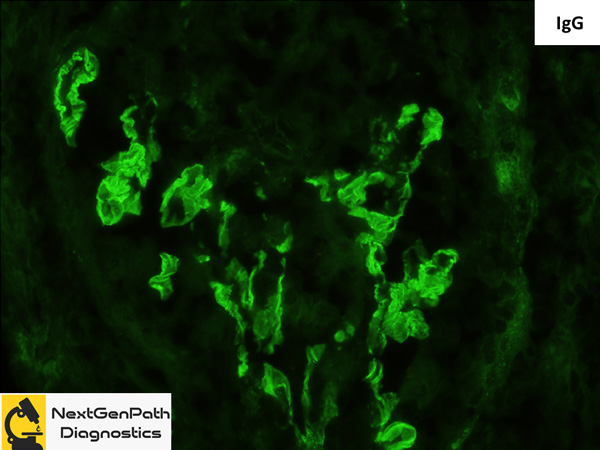
A lady in her forties presented with rapidly progressive renal failure. What is the diagnosis?

A lady in her fifties presented with chronic diarrhea. Endoscopy of duodenum showed multiple nodularities and biopsy was taken. What is the diagnosis?
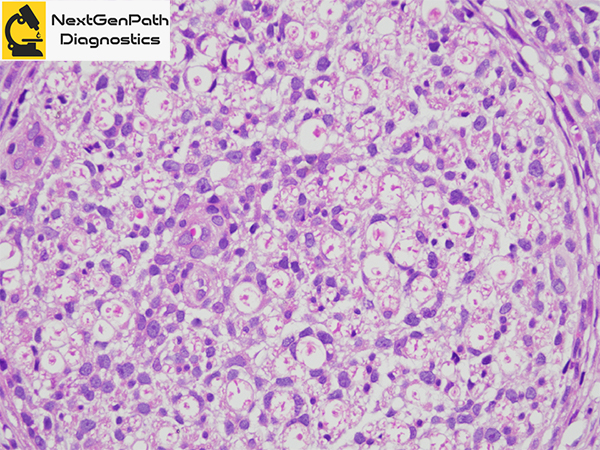
A gentleman in his fifties presented with painful mononeuritis multiplex and thickened superficial peroneal nerve. What is the diagnosis?

A gentleman in his thirties presented with gradually progressive breathing difficulty and a normal creatine kinase. What is the diagnosis?.